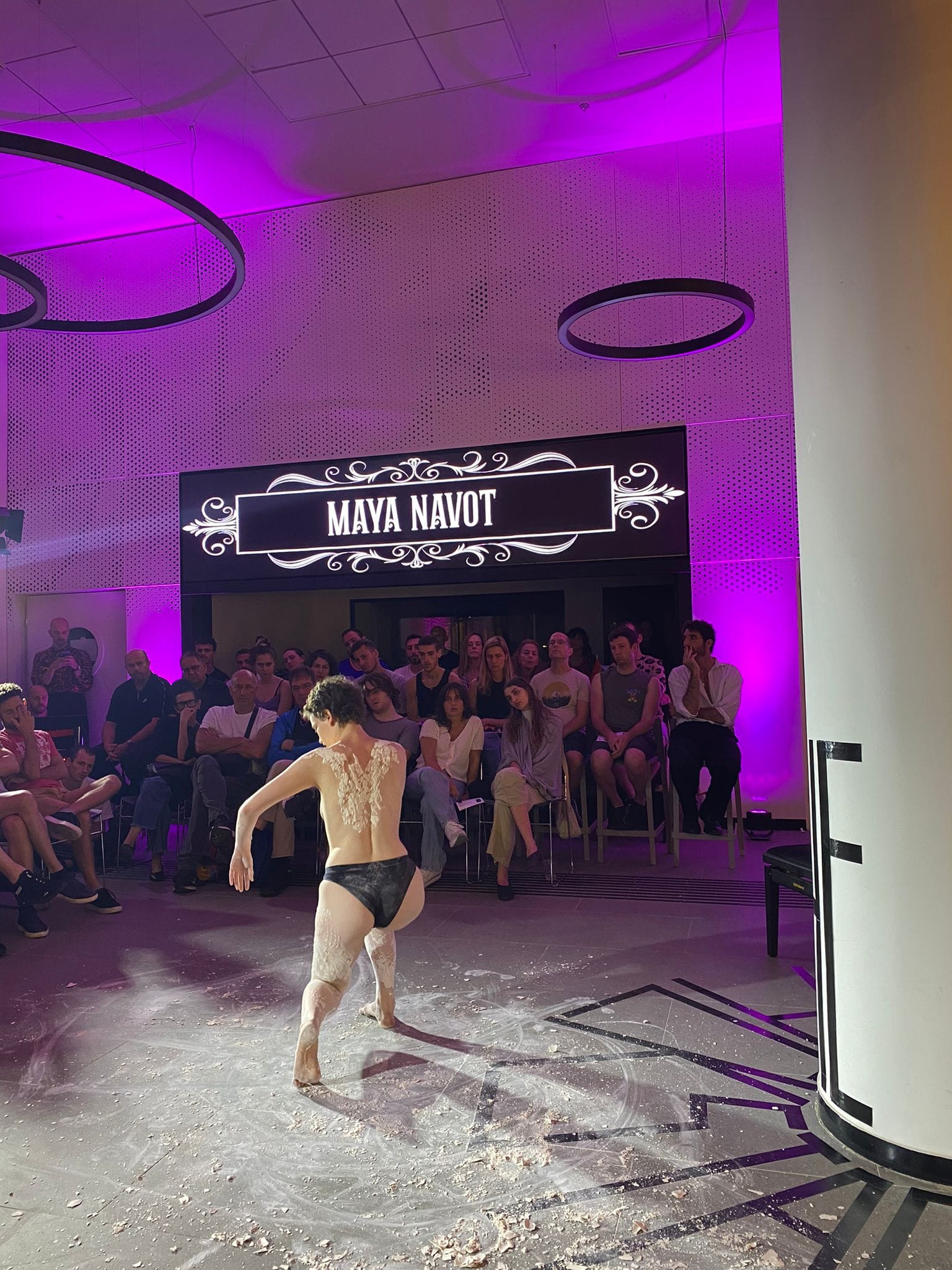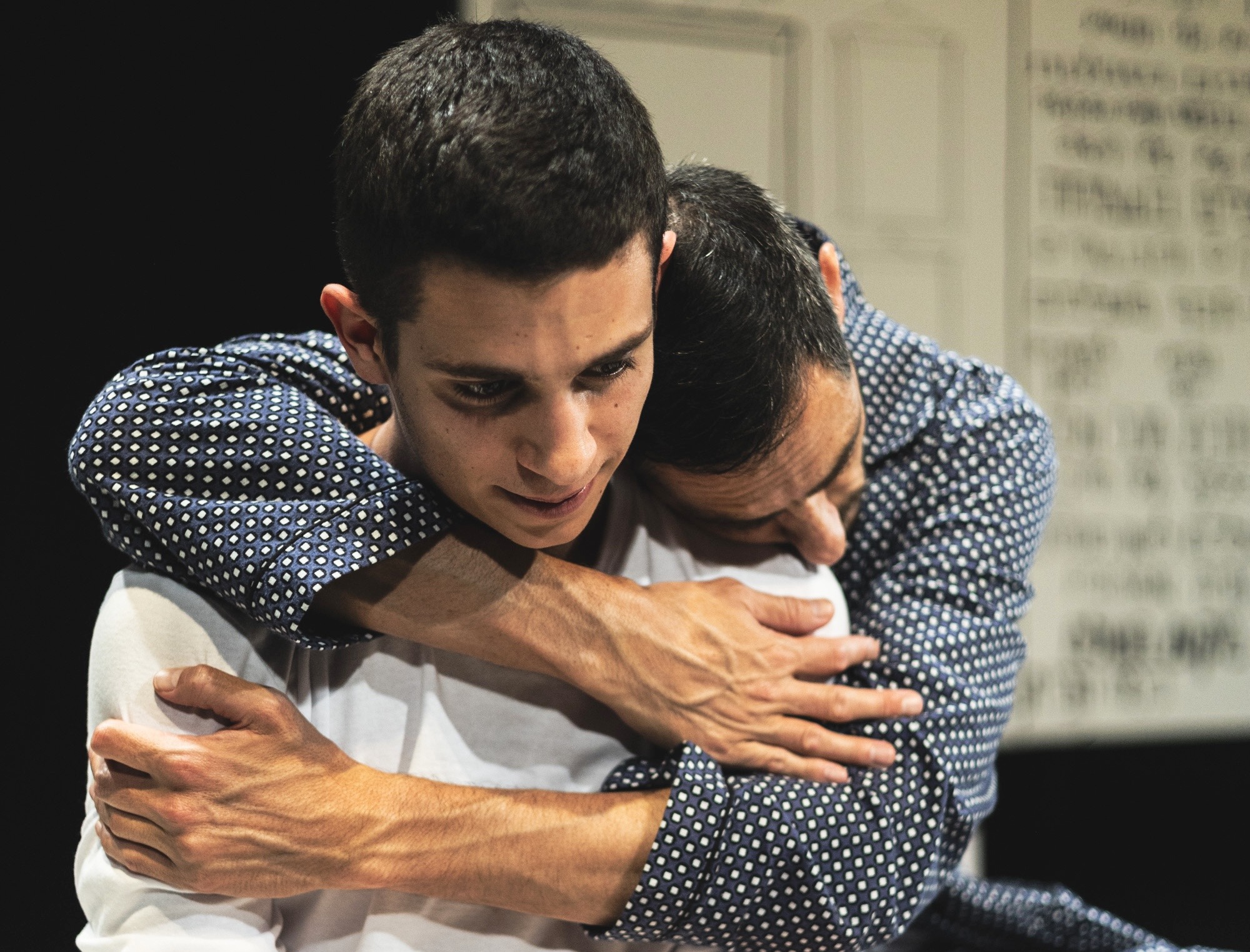Asis D'Orange and Miss Plastico | Pamela Pompas
The whole thing about human diversity is how diverse we really are. Despite our vast differences, we are still lead by a binary thought which so far it has not taken us further than this same network, same economic system in which we currently are.
One of the things I always admired about the different post-structural movements, such as the latest wave of feminism or the Queer movement, is what they managed to achieve through the linguistic strategy of reappropriation. There is something fiercely shameless in embracing those same categories who were meant to disparage us. “Slut” and “queer” are just examples of how these linguistic operations lead into collective transformations. Thus the communal adoption of those words which were used to marginalized or single someone out as different, as queer, become empowering, unifying a community from to margins to the heart.
As it happens with most of social constructions, the approach towards manhood, or to masculinity to be more precise -even when this specification still makes it sound enormous- far from being something polished, or to provide at least some impeccable statements to the reader, it has as many, if not more, questions than answers.
When we think about masculinity, to which shall we refer? The one which was given to us by society or the one we deconstructed? Even if we keep on reproducing this dual logic, how many masculinities do we find along our journey?
Meanwhile, shall we also consider all the traces the heteronormative project and its imaginaries left on us. Can we ignore all the sexual and cultural identities as well as the power dynamics in society left on us as living scars?
To what extent can we really dismantle the vestiges of patriarchy?
Can we even talk about masculinity without acknowledging its symbolic characteristics?
It would be difficult to discuss the role of masculinity in the intelligibility of gender without making any reference to its unavoidable opposition, femininity. Both identify themselves with a gender and a sex, and the set of norms that each material identities nurture. Less “nurture” and more normative, both are in the heart of the binary logic that normalizes its own heterosexual matrix.
The intelligible nature of our body
If we were doing 101 class about Gender, we would say we were given a body. Yes, a “body” was given to us not exactly “by nature." As far as we can see, society constructed a whole system of meanings, role divisions and technologies which create more meanings, at the expense of our biological sex, assuming no difference between sexuality and sex.
According to this binary logic, men and women are political concepts in necessary opposition. Masculinity as well as femininity, imply a set of embodiments or identifications with a reiteration of a set of norms which allow and produce the “intelligibility of sex”, as Butler would say. It is interesting to highlight that the constitution of these restraints under which becoming “sexed” occurs is mostly symbolic, hence linguistic, our bodies are within language more than we even realize.
As mere attributes, these two gender/sex poles are responsible of the hetero assumption society does in the screening of our bodies, reproducing an assumed sex integrity only as masculine or feminine. As from their normative connotation, they are part of the formula in which the heterosexual privilege operates reaffirming itself.

Tamara Movshovich | Pamela Pompas
One of the main effects this binary logic (re)produces its own consideration of legitimacy by enacting the performative and gestural conformity to masculinity or femininity. Any given performance would be judged by “real” or “artificial” by the embodiment of certain norms; a way of walking, the tone of our voices, even what we communicate and what we don’t. The performativity of masculinity would imply the consolidation of a body performing and a specific ideal of masculinity which is being performed. The “legitimacy” would state if the relationship between the body performing -what appears- and what it means -its appropriation- reaffirm this apparent natural relationship between sex and gender.
As long as there’s a possible disruption in the chain of the heteronormative signifiers, the relationship between what appears and what is meant, a little Trojan horse is born. It obliges us to cast doubt on the inteligibility of our bodies and to subvert the popular reduction, even when that calls into question our own idealizations within the LGTBIQ community.
The miseducation
There is something healthy in the exercise of miseducating our own body and our own gender. In this calling into question about our own assumptions, positions and practices as lesbians, gays, bisexual, transsexuals, transgenders, queers, the production and legitimation of dissident identities may come from the crevice of the heterosexual regime, a small door which opens up to our resistance, to the recognition of our desires and the celebration of the margins and the monsters.
If in the cis-heteronormative world the naturalization of gender is done through the hetero logic, what role do the queer identities have in our own intelligibility of the body? What part do we have in the denaturalization of gender? How this subversion allows us to create new nets? How to develop a linguistic device, our own barometer, that before any moral subjectivity, enables us to identify in the language -our own virus– when are we reproducing the patriarchy? How can the discoursive essence of our identities allows us to miseducate the gender? What role does pride play?
Can we trust deconstruction on stopping the heteronarrative of reproducing itself? To what extent aren’t we trapped in the same net?
Isn’t the miseducation and the deconstruction another way reappropiation? Is an answer that doesn’t point into a collective transformation a real answer?
The author is Pamela Pompas, photographer (pamelapompas@gmail.com | @pamepompas)
Her works were published in the gender issue of GenderTuck magazine

















